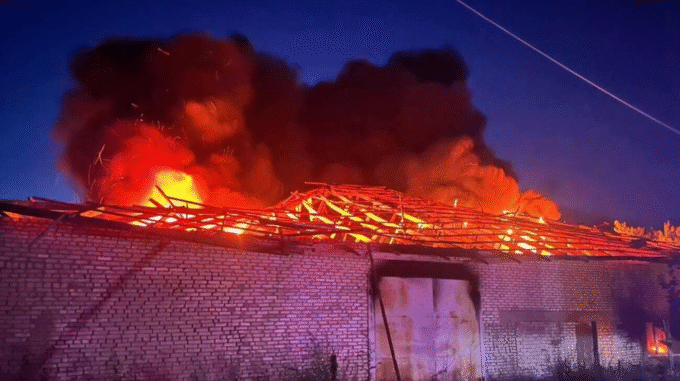During the night, Kharkiv Region was again under a harmful attack from Russia

Enemy drones reappeared over the region, leaving destruction and human suffering in their wake. According to the Kharkiv Regional Prosecutor’s Office, combat drone missions by Russian forces once again attacked peaceful settlements in northeastern Ukraine on the morning of June 20, focusing on the villages of Korotych and Vysokyi, located near the regional center. Reports indicate that closer to midnight, approximately at 2 a.m., drones flew over Kharkiv Region, deliberately targeting civilian objects and infrastructure. At that time, Russian strike drones, likely of the "Geran-2" type, were directed at the villages of Korotych and Vysokyi. The consequences of this attack were catastrophic: in the village of Vysokyi, several private houses, outbuildings, and vehicles were destroyed. The first half-hour of the night saw the start of fires caused by strikes—area damage resulted in extensive destruction. The most tragic news from this attack was the report of a civilian casualty—a 33-year-old woman was injured during the shelling. Details regarding the extent of the damage and her condition are being clarified. According to official information, Russian forces used strike drones of the "Geran-2" type during the attack. These drones are capable of carrying explosive substances and striking with high precision, making them one of the main weapons for attacking civilian infrastructure in eastern Ukraine. This once again demonstrates the aggressive tactics of Russian forces, their deliberate strategy of intimidation and destruction in the region. This night attack served as a stark reminder to Ukrainian society and the international community of the danger posed by unmanned systems, and of the price civilian residents are paying for the political and military ambitions of the aggressor. Authorities in Kharkiv region and law enforcement have already initiated appropriate investigative actions, while local residents continue to live with anxiety and expectations of new challenges.

